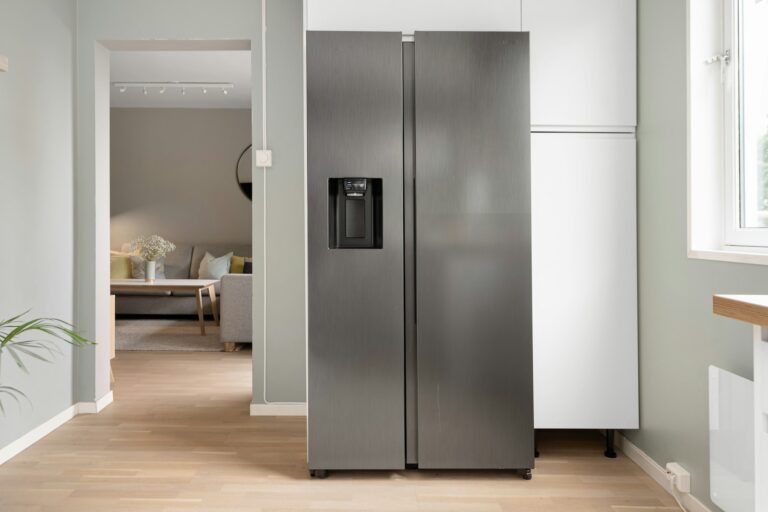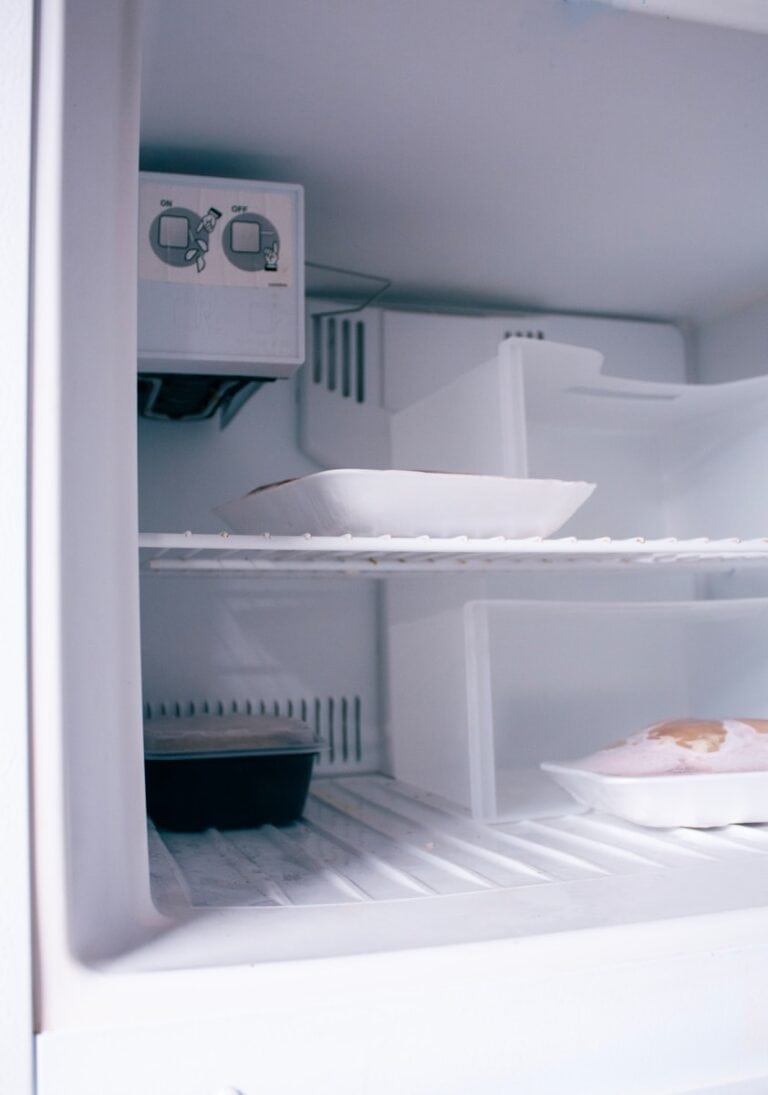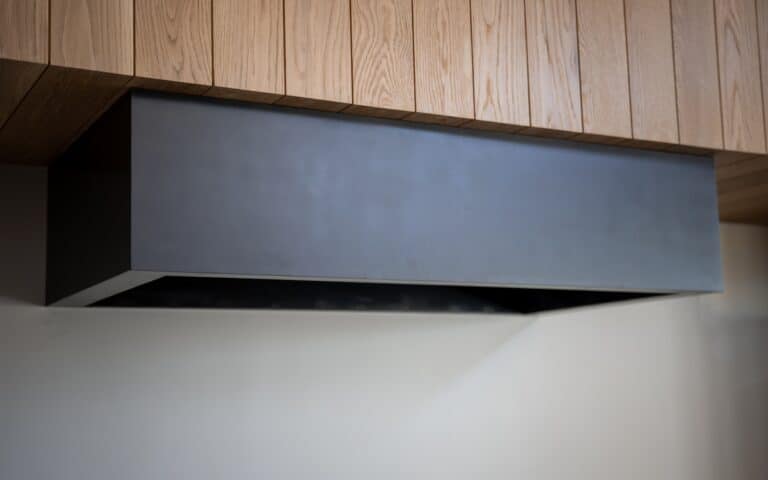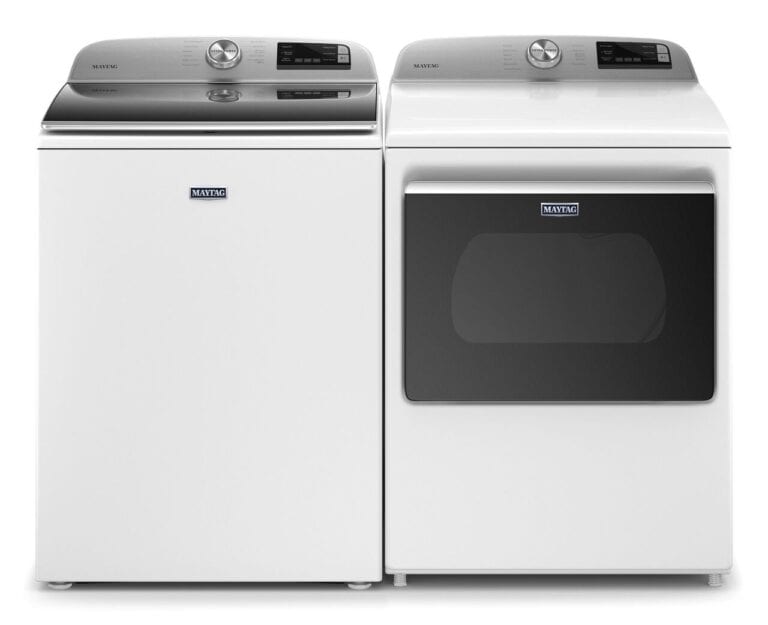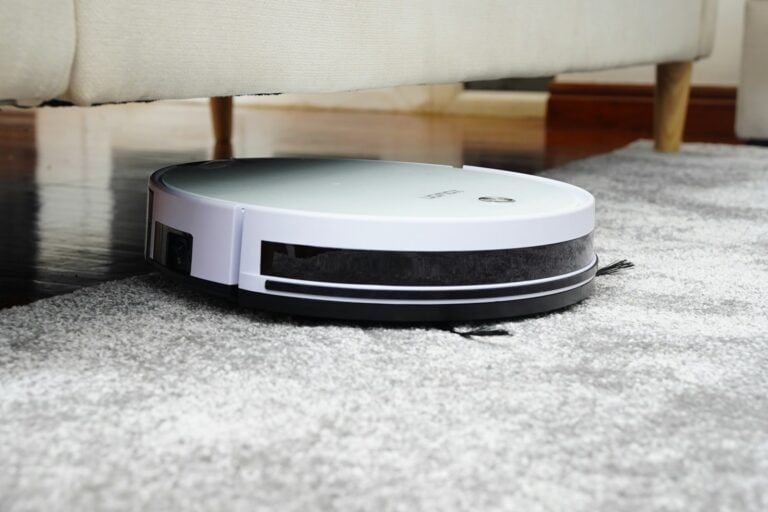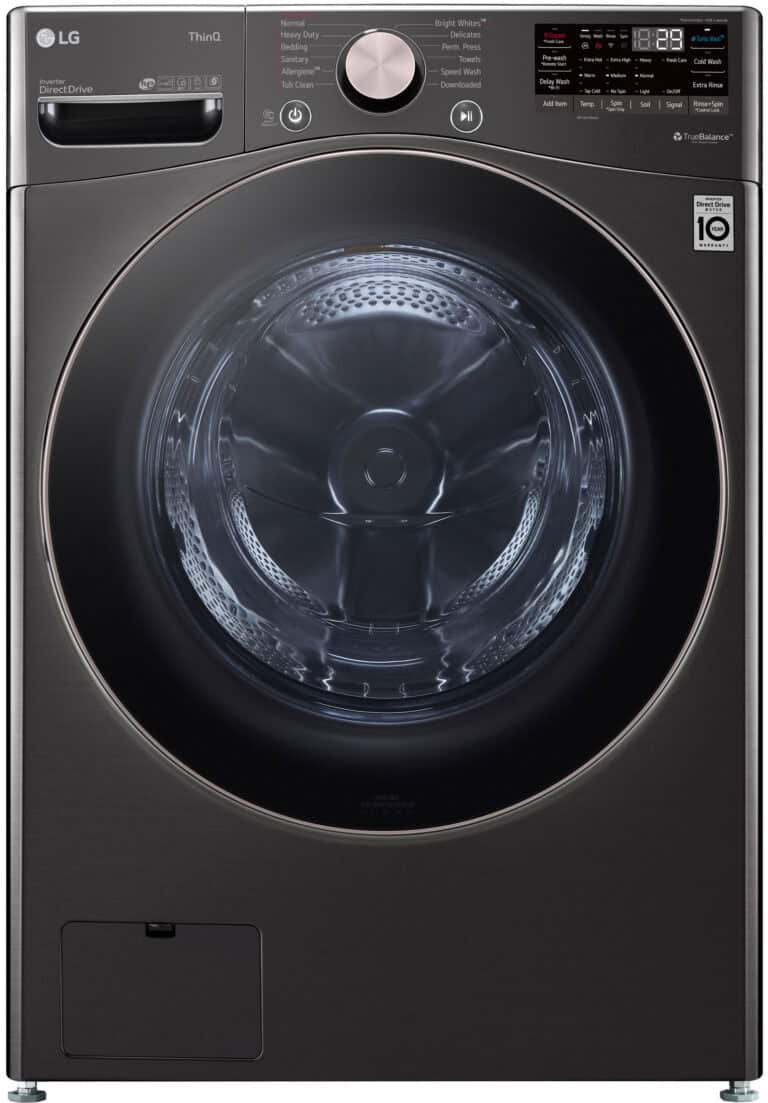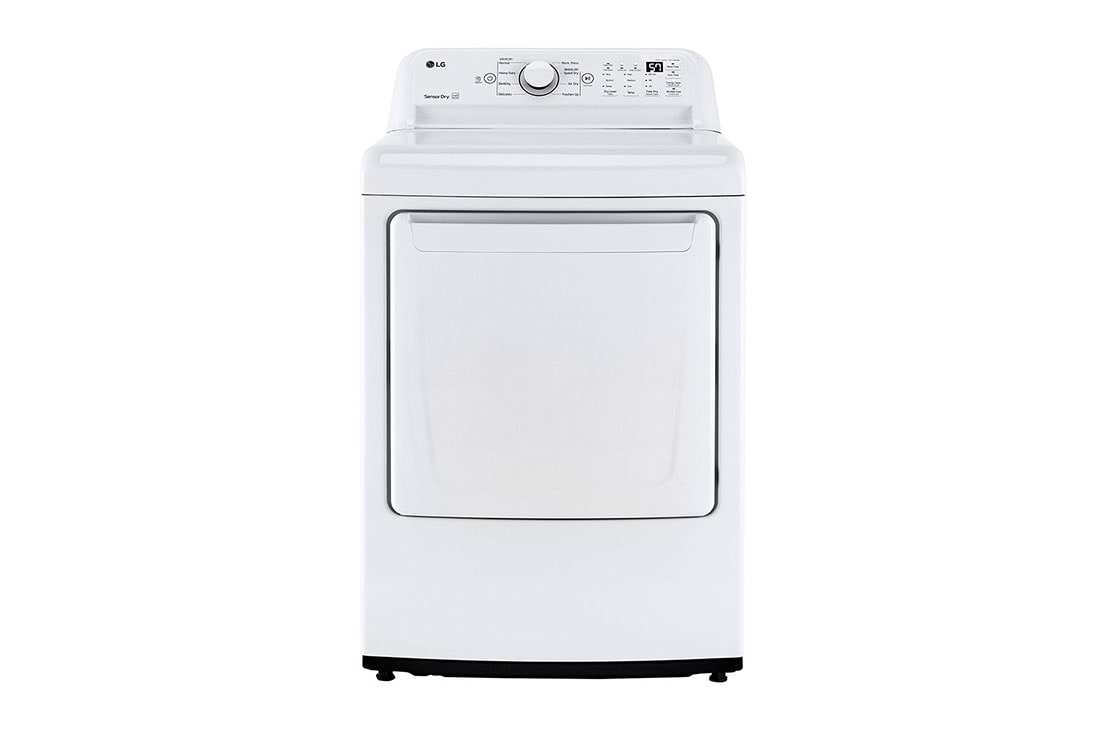
LG dryer owners may encounter the E2 error code, which signals a restricted airflow issue. This problem often stems from a clogged vent or lint filter. Cleaning the lint filter and checking the dryer vent for blockages can often resolve the E2 error and restore normal dryer function.
The E2 code, sometimes displayed as TE2, indicates that the dryer’s temperature sensor has detected inadequate airflow. This can lead to longer drying times, higher energy consumption, and potential safety risks. Regular maintenance and prompt attention to this error code are crucial for optimal dryer performance.
LG provides troubleshooting steps for homeowners to address the E2 error. These include inspecting the lint filter, checking the vent hose for kinks or obstructions, and ensuring the outdoor vent flap opens freely. For persistent issues, professional vent cleaning or service may be necessary.
1. 🔍 What E2 Means
- The thermistor (temperature sensor) is giving an abnormal reading.
- Possible causes:
- Faulty or damaged thermistor.
- Loose or broken wiring connection.
- Overheating or blocked airflow.
- Control board malfunction (less common).
2. ✅ Quick Fixes to Try First
- Power Reset
- Unplug the dryer (or turn off the circuit breaker).
- Wait 5 minutes, then plug back in.
- Sometimes clears temporary glitches.
- Check Airflow
- Clean the lint filter and vent hose.
- Make sure the exhaust vent isn’t kinked or blocked.
- Poor airflow can cause overheating and trigger errors.
- Inspect the Thermistor Wiring
- If comfortable opening the dryer, check for loose or disconnected wires at the thermistor.
- Look for burnt or damaged connectors.
3. 🛠️ Advanced Troubleshooting
(For users with some DIY skills — otherwise, call a technician.)
- Test the Thermistor:
- Use a multimeter to check resistance.
- At room temperature, it should read around 10k ohms (varies by model).
- If readings are way off, the thermistor needs replacement.
- Replace the Thermistor:
- Order an OEM LG replacement part (model-specific).
- Installation usually involves removing the back panel, disconnecting the old sensor, and swapping in the new one.
- Check Control Board:
- If the thermistor is fine but the E2 error persists, the issue may be with the main control board.
- This typically requires professional service.
4. 🆘 When to Call for Service
- Dryer won’t start or keeps shutting off.
- E2 error appears immediately after powering on.
- You’ve cleaned vents and replaced the thermistor but the error persists.
Contact LG Support: LG Help Library or schedule a technician.
⚡ Pro Tips
- Always use OEM LG parts — third-party sensors may not calibrate correctly.
- Keep vents clean to prevent overheating and sensor errors.
- If your dryer is still under warranty, don’t attempt repairs yourself — contact LG directly.
Key Takeaways
- The E2 error code on LG dryers indicates restricted airflow, often due to lint buildup or vent blockages
- Regular cleaning of the lint filter and vent system can prevent E2 errors and maintain dryer efficiency
- Professional service may be required if basic troubleshooting steps do not resolve the E2 error code
Understanding the E2 Error Code
If your LG dryer displays E2, it usually points to a thermistor (temperature sensor) issue — the sensor may be faulty, dirty, or disconnected, preventing the dryer from detecting heat properly.
The E2 error code on LG dryers signals a temperature sensor malfunction. This issue can disrupt normal drying cycles and potentially damage clothes if not addressed promptly.
Symptoms of the TE2 Error
LG dryers displaying the E2 error often exhibit erratic temperature fluctuations. Clothes may come out damp or overly hot. The dryer might shut off unexpectedly mid-cycle or fail to start altogether.
Users may notice longer drying times as the appliance struggles to maintain consistent heat. In some cases, the dryer drum continues to tumble without producing heat. This can lead to increased energy consumption and wear on clothing fabrics.
Regular inspection of the temperature sensor and its connections is crucial. A loose wire or faulty thermistor can trigger the E2 code. Accumulation of lint or debris around the sensor area may also contribute to this error.
Identifying Error Messages
LG dryers communicate the E2 error through their digital displays. On newer models, “E2” appears clearly on the LED screen. Older units might show “TE2” or flash a combination of lights to indicate the error.
Some dryers emit a series of beeps along with the visual error code. The user manual typically includes a guide to interpret these audible signals. It’s important to note the exact error message and any accompanying symptoms.
The error may appear intermittently at first, becoming more frequent over time. Keeping a log of when the error occurs can help technicians diagnose the problem. Users should check if the error persists after a reset by unplugging the dryer for a few minutes.
Troubleshooting Steps
The E2 error code on LG dryers typically indicates issues with temperature sensing or heating. These steps will help identify and resolve the problem.
Checking the Lint Filter
A clogged lint filter can cause overheating and trigger the E2 error. Remove the lint filter from its housing. Clean off any visible lint or debris. Wash the filter with warm, soapy water if it’s heavily soiled. Dry the filter thoroughly before reinserting.
Test the dryer after cleaning. If the E2 error persists, move on to the next step.
Inspecting the Thermistor
The thermistor monitors dryer temperature. A faulty thermistor can cause inaccurate readings and E2 errors. Locate the thermistor, usually near the blower housing or heating element.
Unplug the dryer. Disconnect the thermistor wires. Use a multimeter to check resistance. A working thermistor should have 10,000-50,000 ohms at room temperature. Replace the thermistor if readings are outside this range.
Evaluating Airflow and Ventilation
Poor airflow can lead to overheating and E2 errors. Check the exhaust vent for blockages. Remove any lint or debris. Ensure the vent flap opens freely.
Inspect the entire vent run from the dryer to the outside. Look for kinks, crushed sections, or excessive length. Straighten or shorten the vent as needed. Clean the vent thoroughly using a vent brush or professional cleaning service.
Testing the Heating Element
A malfunctioning heating element can trigger the E2 error. Unplug the dryer and remove the back panel. Locate the heating element assembly.
Disconnect the wires from the heating element. Use a multimeter to check for continuity. A working element should have a resistance of 10-50 ohms. No continuity or very high resistance indicates a failed element that needs replacement.
Advanced Diagnostics
Advanced diagnostic techniques help pinpoint issues with LG dryers experiencing E2 errors. These methods analyze airflow, moisture levels, and electronic components to identify the root cause.
Interpreting the Flow Sense Indicator
The Flow Sense indicator provides crucial information about airflow restrictions. It displays as 1-4 bars on the dryer control panel. One bar indicates minimal blockage, while four bars suggest severe obstruction.
To check the Flow Sense:
- Run an empty dryer cycle for 5 minutes
- Observe the indicator bars
- Clean the lint filter and exhaust vent if multiple bars appear
A consistently high Flow Sense reading may point to a clogged vent system or faulty flow sensor. Professional vent cleaning often resolves persistent airflow issues.
Humidity Sensor Functionality
The humidity sensor monitors moisture levels inside the drum. It helps the dryer determine when clothes are dry and prevents over-drying.
To test the humidity sensor:
- Unplug the dryer
- Locate the sensor (usually two metal strips inside the drum)
- Clean the strips with a soft cloth and rubbing alcohol
- Reconnect power and run a test cycle
If clothes remain damp after cycles, the sensor may need replacement. A faulty humidity sensor can trigger the E2 error by misreading moisture levels.
Control Board Assessment
The control board manages dryer functions and interprets sensor data. A malfunctioning board may misinterpret signals, leading to false E2 errors.
Signs of control board issues:
- Erratic behavior
- Multiple error codes
- Unresponsive buttons
To diagnose:
- Inspect the board for visible damage
- Check wire connections
- Test voltage at board terminals
Replacing the control board requires technical skill. Consider professional repair for this complex component.
Maintenance and Prevention
Regular maintenance and timely part replacements are crucial for preventing E2 errors in LG dryers. These practices help ensure optimal performance and extend the appliance’s lifespan.
Regular Cleaning and Maintenance
Clean the lint filter after each use to prevent blockages. Remove lint from the filter screen using a soft brush or vacuum attachment. Wash the filter with warm, soapy water every few months to remove buildup.
Inspect and clean the dryer vent regularly. Use a vent brush to remove lint and debris from the ductwork. Check for any kinks or obstructions in the vent hose. Ensure the outdoor vent cover opens and closes freely.
Clean the dryer’s interior and exterior surfaces with a damp cloth. Wipe down the drum to remove residue from fabric softeners or dryer sheets. Vacuum around the dryer to prevent dust accumulation.
Run the dryer’s Fresh Cycle or Steam Cycle monthly to remove odors and refresh the drum. These cycles help maintain a clean drying environment.
Replacement Part Guidelines
Replace worn or damaged parts promptly to prevent E2 errors. Check the heating element for signs of wear or damage. A faulty heating system can trigger error codes.
Inspect the dryer belt for cracks or fraying. Replace it if necessary to ensure proper drum rotation. A loose or broken belt can cause performance issues.
Examine the drum rollers and axles for wear. Replace these parts if they show signs of damage or excessive noise during operation. Worn rollers can affect the dryer’s efficiency.
Consider replacing the moisture sensor if it becomes faulty. This part is crucial for accurate cycle completion and preventing over-drying. Clean the sensor periodically with rubbing alcohol to maintain its sensitivity.
Keep spare lint filters on hand. Replace the filter if it becomes torn or damaged. A compromised filter can lead to lint buildup and potential E2 errors.
Frequently Asked Questions
LG dryer E2 error codes can be perplexing. These questions address common concerns and provide solutions for troubleshooting this issue.
How can the E2 error code be reset on an LG dryer?
To reset the E2 error code on an LG dryer, unplug the appliance for 5 minutes. This allows the control board to reset. After plugging it back in, run a test cycle to check if the error has cleared.
What steps are needed to fix the E2 error code on an LG dryer?
Fixing the E2 error often involves checking the thermistor. Clean the thermistor connections and ensure they’re secure. If the problem persists, the thermistor may need replacement.
Where can I find a complete list of LG dryer error codes?
LG USA Support provides a comprehensive list of dryer error codes on their website. This resource helps users identify and troubleshoot various issues their dryer may encounter.
Is there a downloadable PDF that includes LG dryer error codes?
LG typically offers downloadable user manuals on their support website. These manuals often contain error code lists. Check the LG support page for your specific dryer model to find relevant PDFs.
What does the D90 code indicate on an LG dryer when there is no blockage?
The D90 code suggests restricted airflow, even if no visible blockage exists. It may indicate a problem with the dryer’s internal ductwork or exhaust system that requires professional inspection.
How can I retrieve the error codes from my LG dryer?
Many LG dryers display error codes directly on the control panel. For models without a display, a specific button sequence often reveals stored error codes. Consult your user manual for the exact procedure for your model.

